Growing sales does not always mean spending a big budget on ads. Many businesses reach new customers every day without paying for clicks or impressions. This is the power of organic marketing. A recent report shows that 49% of marketers say organic search gives the best ROI compared to any other marketing channel (Digital Silk, 2025).
Because it builds trust, creates loyal followers, and keeps bringing people back to your brand. Studies show that organic search brings about 58% of monthly site traffic and a 27.6% CTR for top posts on SERPs (SE Ranking and Backlinko). However, organic marketing requires comprehensive strategies that take a long time and effort to grow.
When done right, these methods can help you reach the right audience naturally and turn them into buyers. In this post, we’ll explain how to boost sales with organic marketing, including guides on how to prepare you for beginning your organic marketing efforts.
What Is Organic Marketing?
Organic marketing is a way to promote your business without paying for ads. It uses free methods like blog posts, social media updates, email newsletters, videos, and search engine optimization (SEO). The goal is to attract people naturally by sharing helpful information, solving their problems, and building trust over time.
This type of marketing focuses on creating long-term relationships with audiences. Instead of buying quick clicks, you earn attention through valuable content and consistent engagement. When done well, organic marketing brings steady website traffic, stronger brand awareness, and loyal customers without the ongoing cost of paid campaigns.

Organic Marketing vs Paid Marketing
Hope you already know the differences between organic marketing and paid marketing. Still, we’ll discuss this briefly for those who are new to the marketing department. Hope they will benefit.
| Aspects | Organic Marketing | Paid Marketing |
|---|---|---|
| Cost | Free to start, but needs time and effort | Requires a budget for ads or sponsored posts |
| Speed of Results | Seen as promotional, trust depends on ad quality | Slow, takes weeks or months to see a strong impact |
| Longevity | Fast can bring traffic and leads almost immediately | Long-term benefits that continue after the content is made |
| Approach | Focuses on content, SEO, social engagement, and trust | Focuses on direct promotions through ad networks |
| Audience Trust | Builds trust through helpful and valuable content | Seen as promotional; trust depends on ad quality |
| Return on Investment | Higher ROI over time once authority is built | ROI depends on ad spend and constant optimization |
| Best For | Growing loyal followers and steady traffic | Seen as promotional, trust depends on ad quality |
Explore different types of marketing used in online businesses.
Why Organic Marketing Matters for Boosting Sales
Organic marketing is more than a way to save money on ads. It strengthens your brand and creates steady growth that paid campaigns often cannot match. When customers discover your business naturally, they are more likely to stay, engage, and buy.

a. Increased Visibility and Traffic
High-quality content and strong SEO can help your business show up in search results and social feeds. This means more people can find you without paid ads and bring a constant flow of visitors to your website. Here’s how to drive traffic organically to an eCommerce site.
b. Builds Trust and Credibility
People trust brands that share helpful information and real stories. When you provide value without pushing sales, customers see you as an expert and are more likely to choose your products.
c. Cost-Efficiency Over Time
Organic marketing requires effort at the start, but it continues to work after the content is published. A single blog post or video can generate traffic and sales for years without incurring additional costs.

d. Higher ROI and Customer Loyalty
Since the results last longer, organic methods often give a better return on investment. Customers gained through useful content are more loyal and more likely to buy again.
e. Align with Consumer Preferences
Modern buyers prefer honest brands. They want to connect with businesses that share real stories and values, not just paid ads. Organic marketing meets this demand for authenticity.
f. Better Conversion Rates from Qualified Leads
Visitors who find you through organic search or social engagement are usually looking for your solution. They come with a purpose, which makes them more likely to convert into paying customers. Here are tips on how to get your first 100 customers.
Preparing for Organic Marketing Success

Before you start creating content or posting on social media, you need a clear plan. Strong preparation ensures your efforts reach the right people and deliver real results. These steps lay the foundation for a sustainable organic marketing strategy. These are actually prerequisites:
1. Define Your Target Audience
Start by identifying who your ideal customers are. Create audience personas that describe their age, interests, location, and buying habits. Understand their primary pain points and the solutions they are seeking. This knowledge can help you craft messages and content that directly address their needs.
2. Conduct Competitor Analysis and Keyword Research
Study your competitors to see what works for them and where they fall short. Look at their website, content topics, and social channels to spot gaps you can fill. Combine this with keyword research to find the search terms your audience uses. These insights will guide your content strategy and help you rank higher in search results.

3. Build a User-Friendly & SEO-Optimized Website
Your website is the core of all organic marketing. Make sure it loads fast, looks good on mobile devices, and is easy to navigate. Use proper on-page SEO, like clean URLs, meta tags, and internal links. A well-structured site keeps visitors engaged and helps search engines index your content.
If you are not good at coding, you can build eCommerce or any type of website by dragging and dropping using the Elementor plugin. Learn how to create an eCommerce site on WordPress.
4. Set Measurable Goals
Decide what success looks like before you start. Set clear targets such as a percentage increase in sales, a specific number of new leads, or higher website traffic. Measurable goals help you track progress and adjust your strategy when needed.
5. Craft Compelling Brand Messaging
Create a consistent voice and story for your brand. Your messaging should explain what makes you different and why customers should trust you. Use this voice across all channels – your website, blog, emails, and social media—so your audience recognizes and remembers you.
Explore some proven secrets to brand your business.
How to Boost Sales with Organic Marketing Ideas
Organic marketing offers many ways to grow sales without spending on ads. But to see steady results, you need practical steps that work across different channels. We are going to explain ten proven ideas to boost sales with organic marketing in this section. Hope they will help you reach the right audience, build trust, and drive consistent revenue. Keep reading!
Idea 01: Master Search Engine Optimization (SEO)
Search engine optimization (SEO) is the backbone of any successful organic marketing plan. It ensures that your website content ranks well when people search for products or services like yours. Start by researching relevant keywords with good search volume and low to medium competition. Use these keywords naturally in titles, meta descriptions, headings, and throughout your content.
Technical SEO is just as important. Make sure your site loads quickly, works smoothly on mobile, and has a clean URL structure. Add internal links between related pages and use descriptive alt text for images. Over time, strong SEO brings a steady stream of visitors who are actively looking for your solutions, which means higher-quality leads and better sales conversions.

Idea 02: Create High-Quality Blog Content
A well-maintained blog is a powerful tool for attracting and educating potential customers. Write detailed articles that solve real problems, answer common questions, and guide readers toward a decision. Each post should focus on a specific topic or keyword and provide actionable advice that builds trust. You may create a topical map to understand how many posts you must cover over time.
Consistency is key. Publish on a regular schedule and keep your posts up to date with new insights or data. Add visuals, such as images, infographics, or short videos, to keep readers engaged. Over time, these blog posts can rank in search engines, bring recurring traffic, and establish your brand as an authority in your field.
Idea 03: Leverage Social Media Organically
Social media platforms are ideal for building connections without spending on ads. Focus on the networks where your target audience is most active, whether that’s Instagram, LinkedIn, X (Twitter), or Facebook. Share a mix of content, like tips, behind-the-scenes stories, customer success stories, and educational videos, to keep your audience engaged.

Engagement is critical. Reply to comments, join conversations in relevant groups, and use hashtags strategically to increase visibility. As your presence grows, you’ll create a loyal community that shares your content and brings in new prospects. This steady engagement translates into more leads and sales over time. So, use social media to evolve your startups.
Idea 04: Build an Email Marketing List
Email remains one of the highest-converting organic channels. Start by offering valuable incentives, such as free guides, checklists, or exclusive tips, in exchange for email sign-ups. Ensure your sign-up forms are easily accessible on your website and blog.
Once you have subscribers, send regular newsletters with helpful content, updates, and special offers. Personalize emails based on customer interests or past behavior. A well-nurtured email list keeps your audience informed, builds trust, and drives repeat sales without ongoing advertising costs.
Idea 05: Host Webinars, Podcasts, or Live Events
Live and interactive content can deepen relationships with your audience. Webinars, podcasts, and live Q&A sessions give people a chance to learn from you in real time. Choose topics that address your customers’ biggest questions or challenges.
Promote these events through your website, email list, and social channels. Record them for later use, such as blog posts or short clips for social media. These sessions position your brand as an expert and can lead directly to sales when you present your products or services as solutions during or after the event.
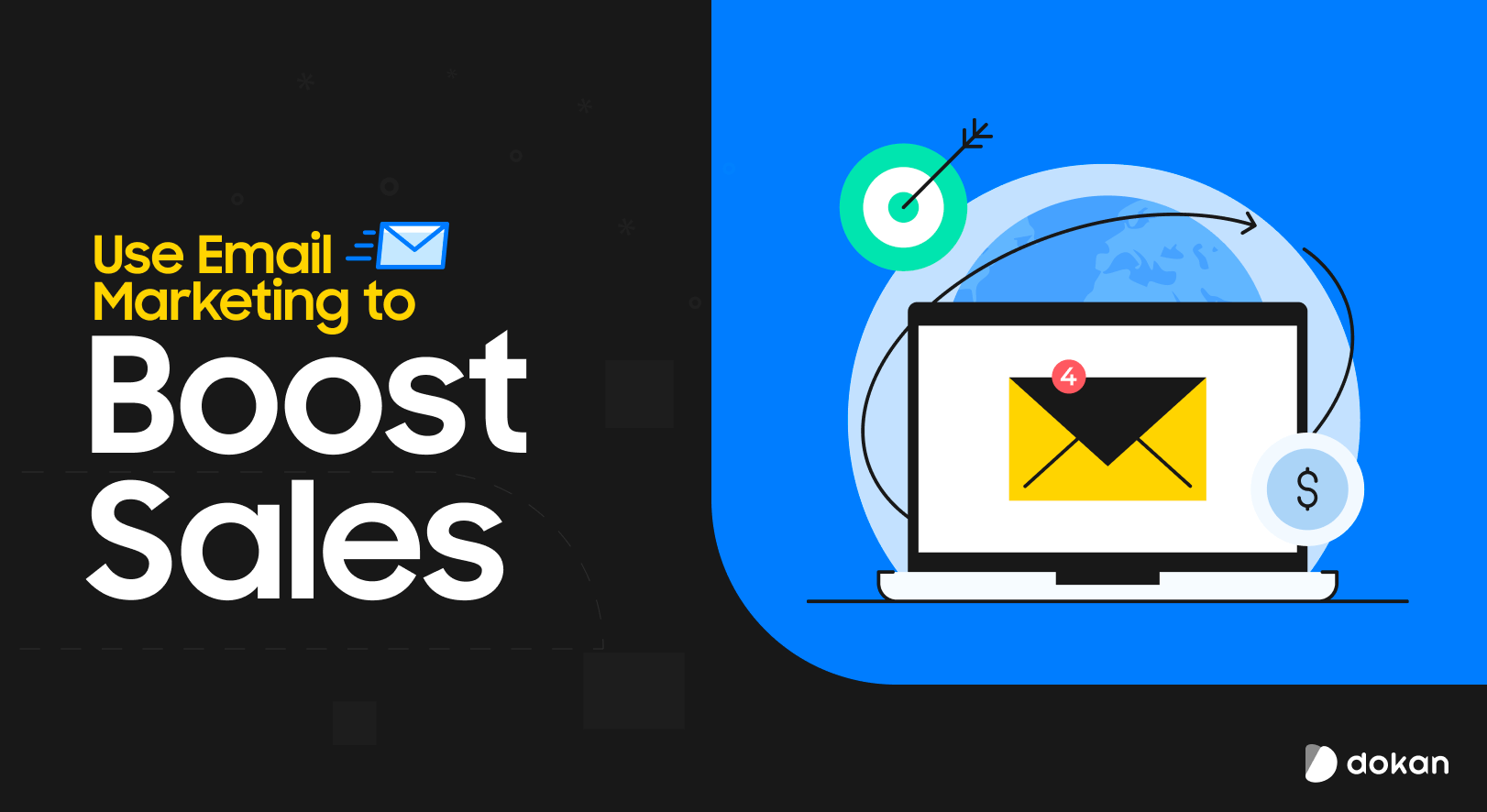
Idea 06: Utilize Influencer and Affiliate Partnerships
Partnering with influencers and affiliates extends your reach to new audiences. Look for influencers who align with your brand values and have an engaged following, not just a large one. Collaborations can include product reviews, guest appearances on each other’s platforms, or co-created content.
Affiliate programs are another powerful option. By offering a commission on sales, you motivate partners to promote your products organically. This approach builds credibility because recommendations come from trusted voices rather than direct ads.
Idea 07: Encourage User-Generated Content and Testimonials
Happy customers can become your best marketers. Ask them to share their experiences on social media, write reviews, or provide testimonials. Feature this user-generated content on your website and in your marketing materials.
Authentic reviews and real customer stories build strong trust with potential buyers. People are more likely to purchase when they see others enjoying your products or services. This type of organic promotion can also spark conversations and increase brand awareness across different platforms.
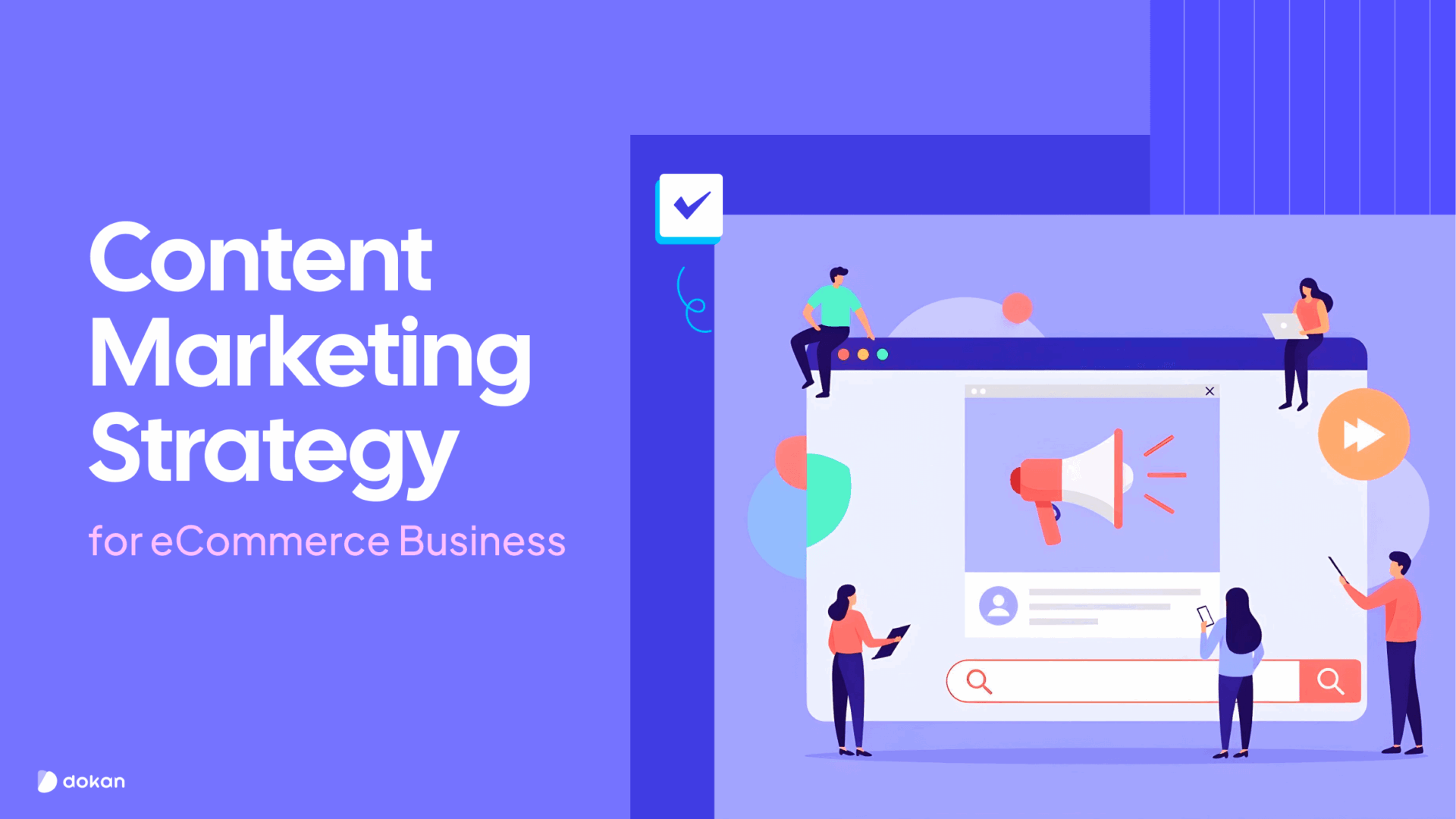
Idea 08: Engage in Digital PR and Guest Posting
Digital PR helps you reach wider audiences by getting featured in online publications, podcasts, or industry blogs. Pitch stories, share insights, or provide expert commentary to journalists and bloggers. These mentions can drive referral traffic and improve your brand’s reputation.
Guest posting on reputable sites is another effective tactic. Write informative articles for other websites in your niche and include a link back to your site. This not only attracts new readers but also strengthens your SEO through high-quality backlinks.
Idea 09: Optimize for Local and Hyperlocal Visibility
If you serve a specific geographic area, local SEO is essential. Claim and update your Google Business Profile with accurate contact details, hours, and photos. Encourage happy customers to leave reviews to improve your local rankings.
Use location-based keywords in your website content and create blog posts around local events or community topics. This helps people nearby discover your business when they search for solutions in their area, leading to higher in-person and online sales.
Idea 10: Repurpose Content Across Channels

Creating new content takes time, so make the most of what you already have. Turn a blog post into a series of social media updates, an infographic, or a short video. Convert webinar recordings into podcasts or downloadable guides.
Content repurposing allows you to reach different audiences across multiple platforms without starting from scratch each time. It also strengthens your message, as people may need to see or hear it in different formats before taking action. Over time, this approach keeps your content fresh and maximizes your marketing efforts.
Measuring and Optimizing Your Organic Marketing Efforts

Tracking performance is the key to long-term success in organic marketing. Without clear data, you cannot tell which tactics are working and which need improvement. Careful measurement and regular optimization help you turn insights into higher sales and stronger brand growth.
i. Traffic Sources, Conversion Rates, ROI
Start by analyzing where your visitors are coming from – organic search, social media, email, or referrals. Understanding traffic sources shows which channels are driving the most potential customers to your site. Next, track conversion rates to see how many visitors take the desired action, such as signing up for a newsletter or making a purchase.
Combining traffic data with conversions helps you calculate the ROI of each channel. This information allows you to focus on the strategies that deliver the best results and adjust or improve underperforming tactics.
ii. Engagement (Likes, Shares, Comments)
Engagement metrics show how well your audience is connecting with your content. Track likes, shares, comments, and mentions on social media, blog posts, and emails. High engagement indicates that your content is valuable, relevant, and resonates with your audience.
It also increases the chances of your content being shared, reaching new potential customers, and building trust in your brand. Regularly analyzing engagement helps you understand which types of content your audience prefers and encourages you to replicate those formats.
iii. SEO Rankings, Backlinks
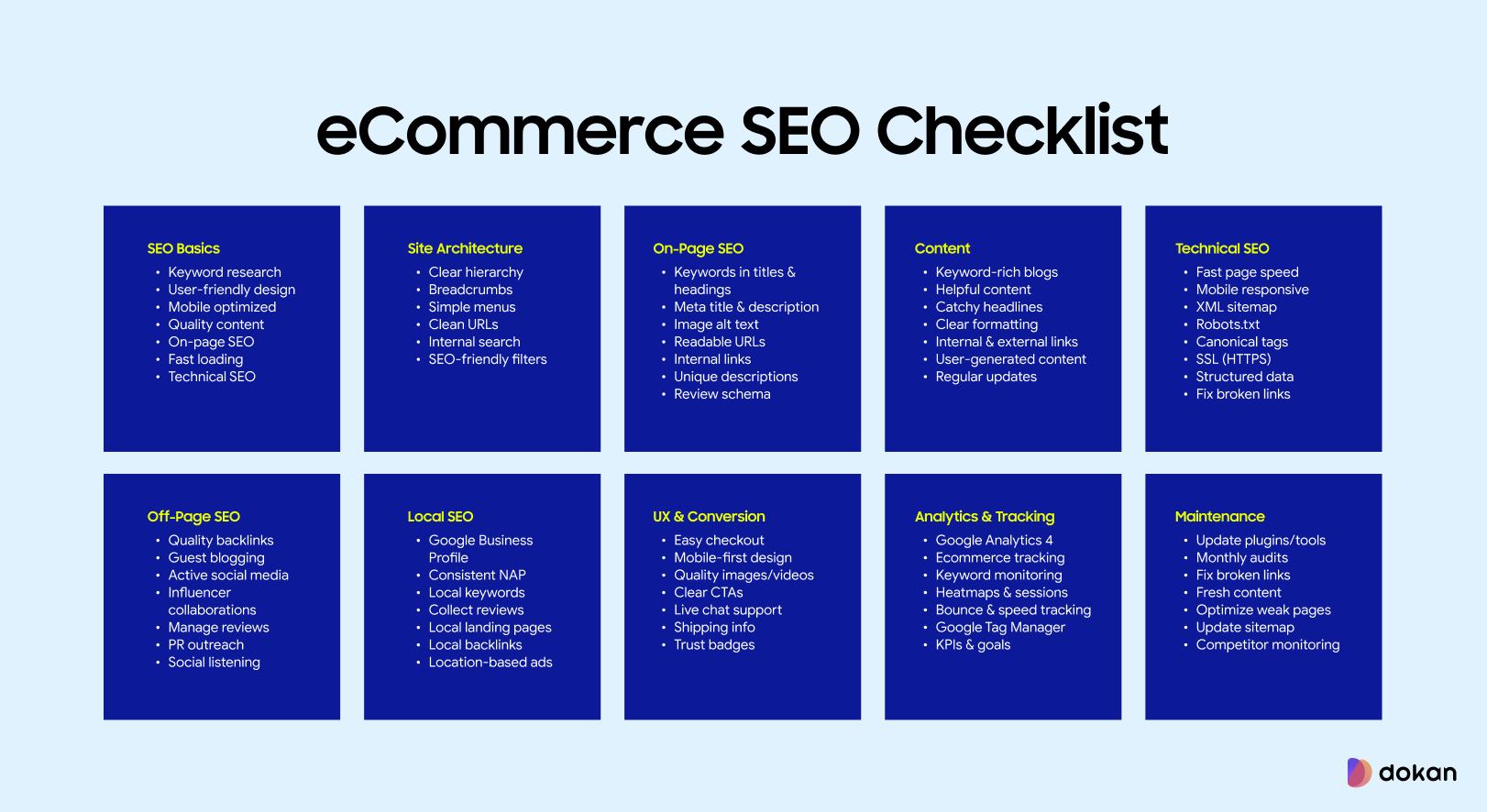
Monitoring your SEO performance is critical for organic marketing success. Track keyword rankings to see how well your content appears in search engine results pages. Keep an eye on backlinks, as they signal authority and trustworthiness to search engines.
High-quality backlinks from reputable sites improve your rankings and drive referral traffic. By reviewing these SEO metrics regularly, you can identify content gaps, optimize existing pages, and create new content that strengthens your search presence and organic reach.
iv. Customer Lifetime Value from Organic Channels
Not all customers are equal, so measuring the lifetime value of those acquired through organic channels is essential. Track how often these customers return, how much they spend over time, and their overall engagement with your brand.
Customers who discover your business organically are often more loyal and spend more over the long term. Understanding this value helps justify your investment in organic marketing, refine your strategies, and focus on nurturing the types of leads that drive sustainable growth.

Bonus: Integrate Paid Marketing with Organic for Maximum Impact
While organic marketing builds trust and long-term growth, combining it with paid marketing can accelerate results. A strategic integration allows you to reach more people faster while keeping costs efficient. Using both approaches together creates a balanced marketing strategy that drives visibility, engagement, and sales simultaneously.

Hybrid Approach: Explain How Paid Can Amplify Organic
Paid marketing can boost the reach of your organic efforts by promoting high-performing content, products, or services to a wider audience. For example, a blog post or social media post that is performing well organically can be turned into a sponsored ad to attract more qualified visitors.
Paid campaigns can also support SEO by driving traffic to new pages, increasing dwell time, and generating backlinks as more people share your content. Essentially, paid marketing accelerates the momentum created by organic strategies, helping your brand gain visibility faster without losing authenticity.
Best Practices: Budget Allocation, Retargeting Organic Leads
When integrating paid and organic, allocate your budget wisely to maximize returns. Focus on promoting content or products that have already proven to engage your audience organically, rather than spending money on untested campaigns. Retargeting is another key practice.
Use paid ads to reach people who have interacted with your website, blog posts, or social media content but haven’t converted yet. This ensures that your marketing dollars are invested in an audience already familiar with your brand, increasing the likelihood of sales while maintaining the cost-efficiency of organic marketing.
Final Words!
Organic marketing is a powerful way to grow sales steadily and sustainably. By focusing on valuable content, authentic engagement, and strategic optimization, businesses can attract the right audience and turn them into loyal customers. To get the best results, it is important to track performance, update content regularly, and maintain consistency across all channels.
For maximum impact, combine organic efforts with smart practices such as analyzing audience behavior, testing different formats, and repurposing content to reach new segments. Prioritizing quality over quantity, staying aligned with your brand voice, and listening to customer feedback will ensure your organic marketing continues to deliver strong ROI and long-term business growth.
Hope you enjoyed this post. If there is anything you want to know more about that hasn’t been covered in this post, mention it in the comment box below. Our team will get back to you very soon with a viable answer. Before moving away, you may explore his post on how much does an eCommerce site cost?
Subscribe to
Dokan blog
We send weekly newsletters, no spam for sure!

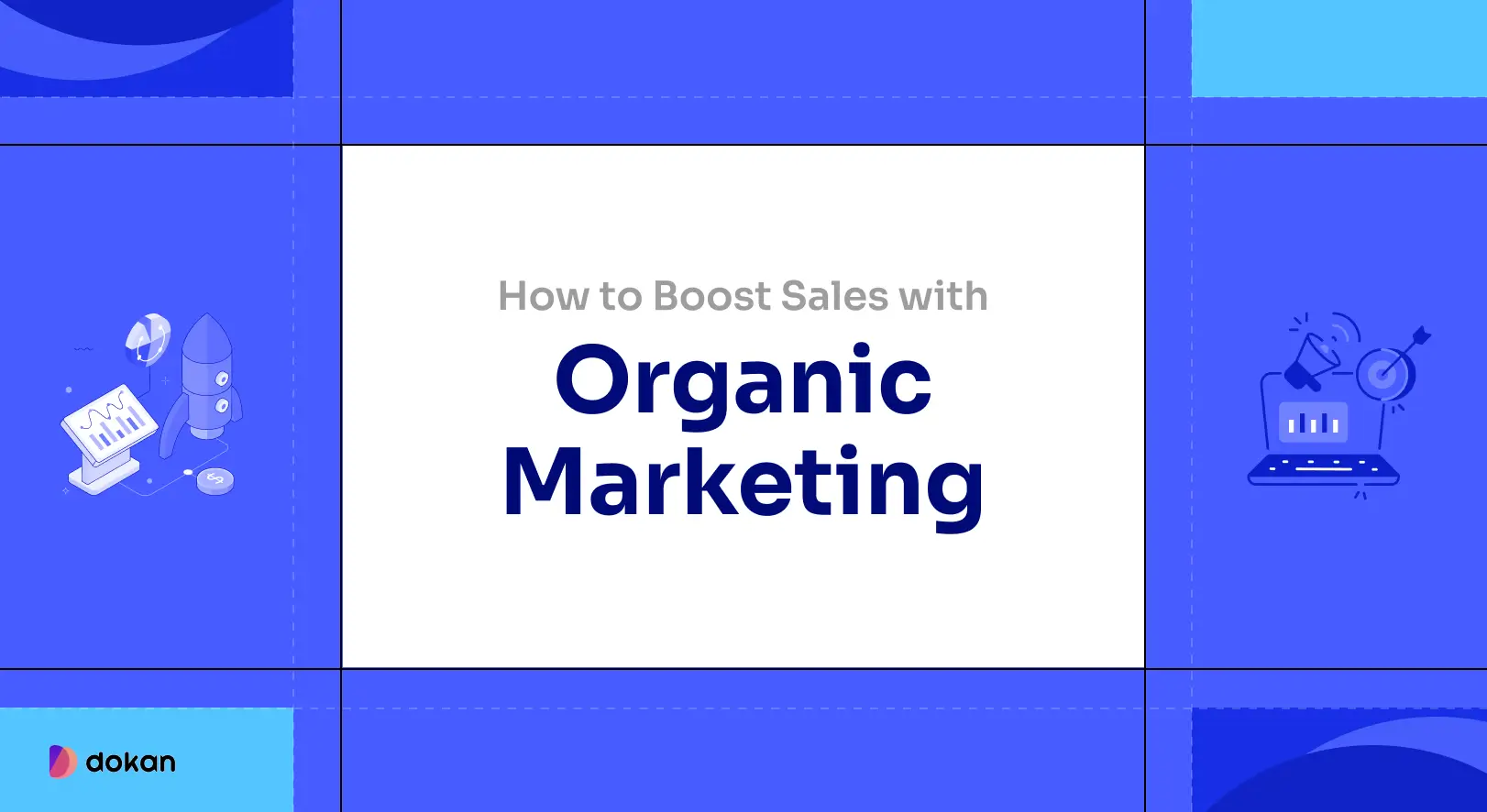
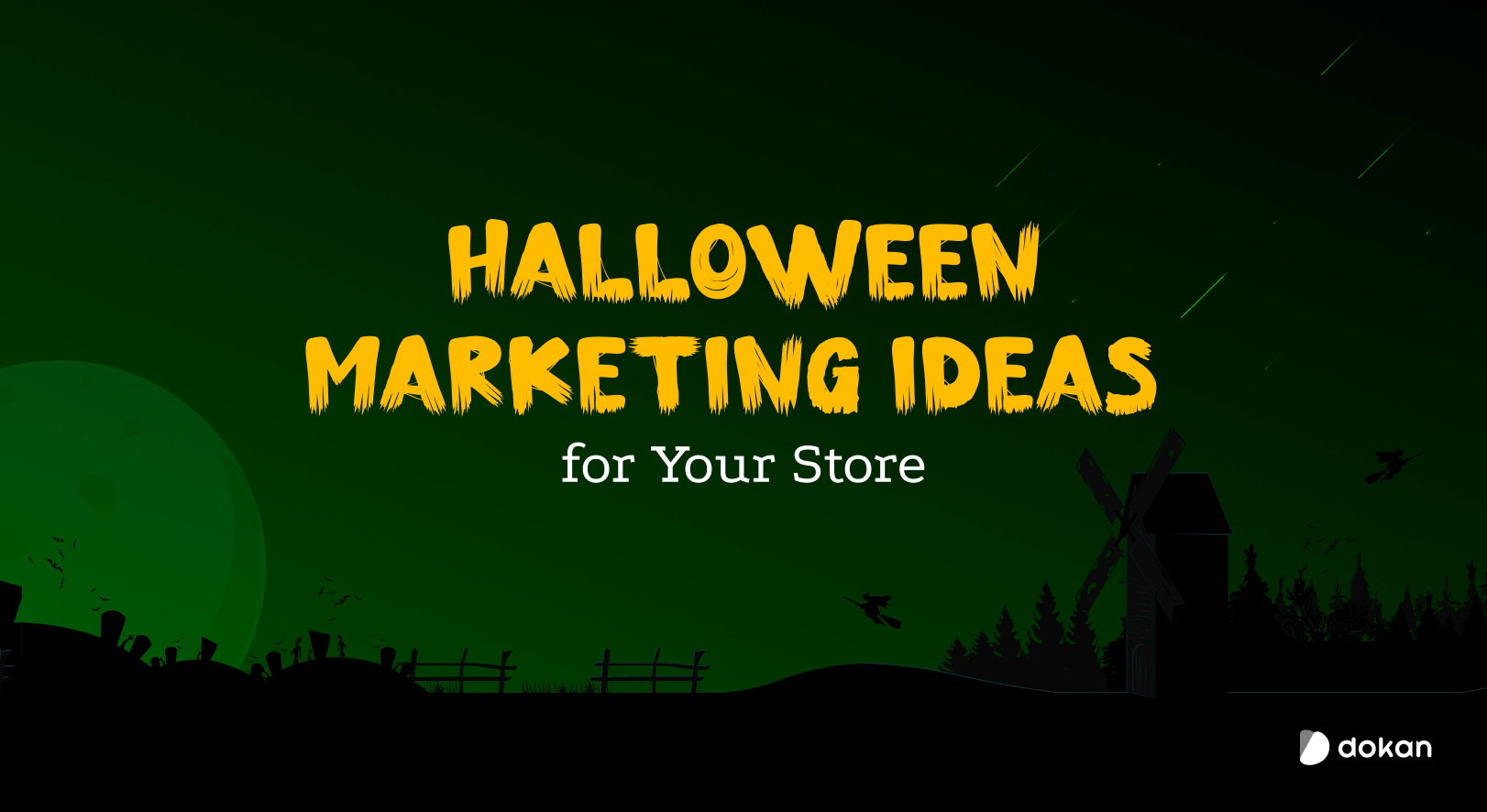
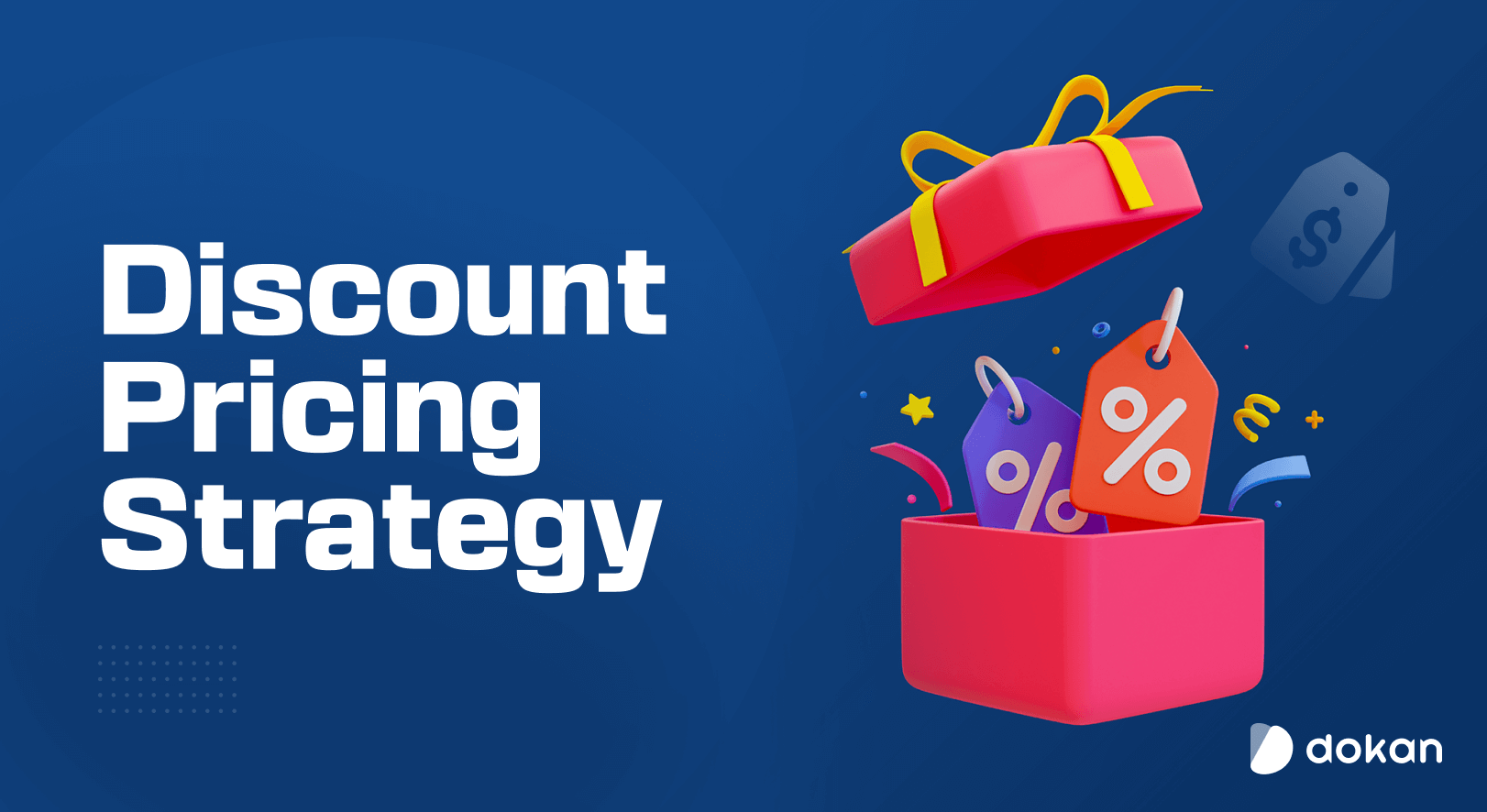


Leave a Reply